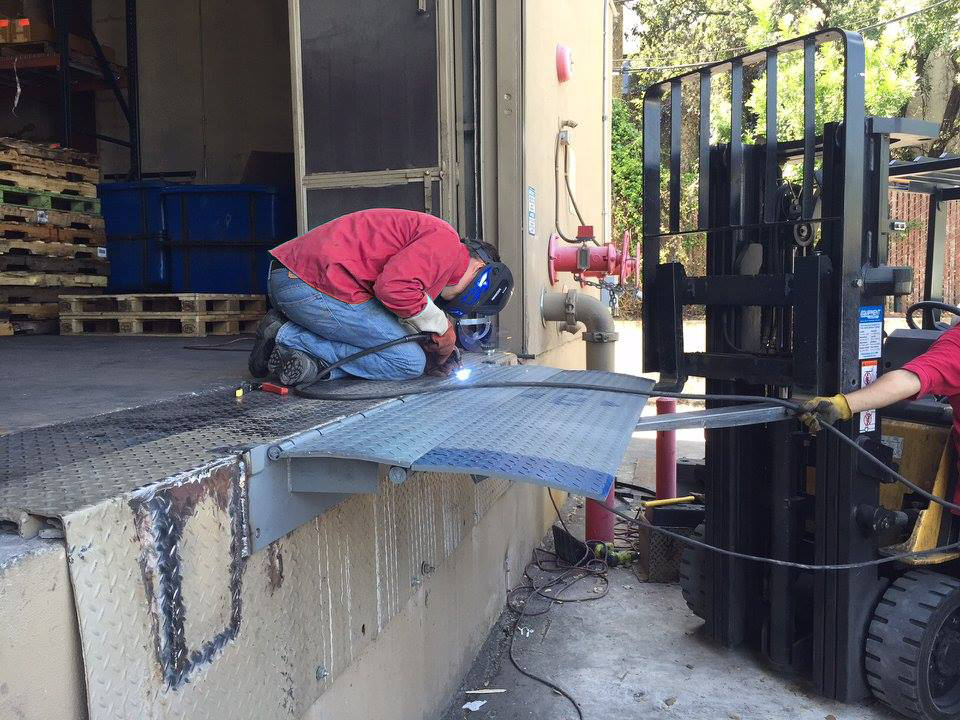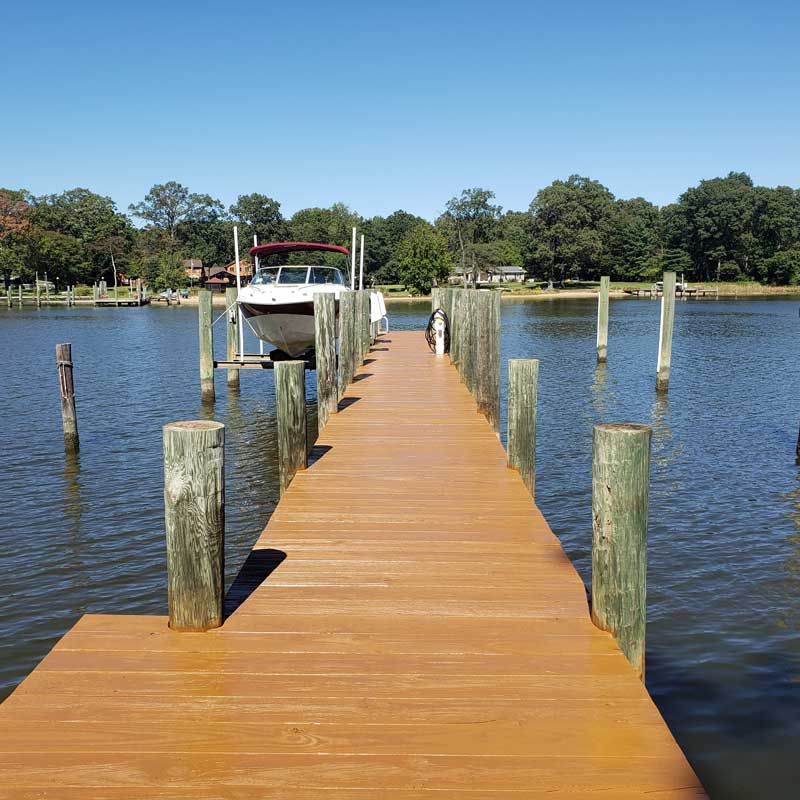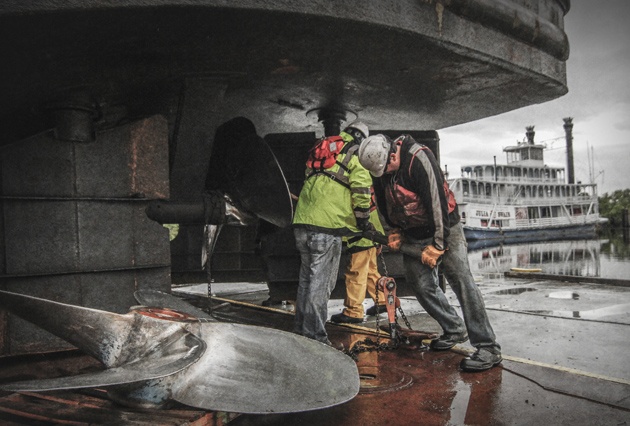Leading Indicators You Need Expert Dock Repairs This Period
Leading Indicators You Need Expert Dock Repairs This Period
Blog Article
Reliable Dock Repair Work Techniques: Making Certain Architectural Stability
Making sure the architectural stability of anchors via efficient repair work techniques is extremely important for the longevity and safety of aquatic facilities. This involves a multi-faceted strategy starting with extensive examinations utilizing innovative technologies like finder devices and from another location operated automobiles (ROVs) to detect both noticeable and concealed problems. Subsequently, selecting the appropriate repair work products, such as corrosion-resistant alloys and composite products, is important for longevity. Structural reinforcement approaches, including the application of cross-bracing systems and load-distribution plates, play an essential role in mitigating stress points. The relevance of these strategies comes to be noticeable when checking out advanced fixing approaches and preventative maintenance approaches.
Assessing Dock Damages
Evaluating dock damage is a vital very first action in ensuring the architectural integrity and safety of any docking center. Key aspects to take a look at consist of the dock's structure, pilings, outdoor decking, and equipment (Dock Repairs).
Structural designers or qualified inspectors usually carry out these assessments using specialized strategies and devices. Underwater examinations might employ sonar tools or remotely ran vehicles (ROVs) to find submerged damages. Over water, visual evaluations are matched by using moisture meters and other analysis tools to reveal underlying issues not quickly visible to the naked eye.

Finding Repair Service Materials
Picking the ideal fixing products is an essential step in the dock repair procedure, one that directly affects the long life and performance of the repaired structure. Material selection must be driven by variables such as ecological problems, load-bearing needs, and compatibility with existing dock parts.
Along with timber, composite products are significantly preferred because of their toughness and reduced upkeep demands. Composites, normally made from a mix of plastic and timber fibers, use exceptional resistance to rot, insects, and UV damages. For metal anchors, choosing corrosion-resistant alloys such as galvanized steel or marine-grade aluminum is necessary to stop corrosion and make sure architectural stability in saline water conditions.
Epoxy materials and marine-grade sealers are important for repairing fractures and securing joints, supplying a water-proof barrier and boosting the dock's total stamina. By carefully picking high-grade materials, dock repair services can achieve durable outcomes, consequently protecting against future destruction and ensuring secure, trustworthy use.
Architectural Reinforcement Techniques
Reliable architectural support techniques are essential in making certain the stability and durability of dock repair work. One basic technique includes the use of steel or composite support bars (rebar) within concrete structures. Rebar gives extra tensile stamina, stopping splits and dispersing tons extra evenly. This technique is especially effective for docks subjected to hefty tons or rough ecological conditions.
One more crucial technique is the application of fiber-reinforced polymers (FRP) These products supply high strength-to-weight proportions and outstanding resistance to deterioration, making them perfect for enhancing wood or concrete anchors. FRP can be applied in strips or sheets and bonded with epoxy resins to improve architectural stability.
Supporting and anchoring systems likewise play a critical function in structural reinforcement. Cross-bracing, using metal or wood light beams, can neutralize lateral forces, reducing guiding and motion. Securing systems, such as helical piers or driven heaps, provide a secure structure by moving tons to deeper, extra secure dirt layers.
Lastly, the integration of load-distribution plates can help distribute weight much more equally throughout the dock's surface area, reducing localized tension points. These techniques jointly ensure that anchors remain durable and secure, qualified of enduring the rigors of their operational environment.
Advanced Repair Work Approaches

An additional sophisticated strategy entails underwater welding, which permits repair services to be conducted without the requirement to dewater the location. This method is particularly useful for addressing architectural concerns in immersed dock parts, making sure minimal disruption to procedures. Enhanced welding strategies, coupled with robot systems, provide precision and integrity, thereby extending the life-span of the dock.
Additionally, cathodic defense systems are implemented to avoid deterioration in metallic dock structures. By utilizing sacrificial anodes or impressed current systems, these strategies efficiently alleviate the electrochemical procedures that cause material degeneration.
Finally, progressed tracking modern technologies, such as architectural wellness tracking (SHM) systems, supply real-time data on the problem of dock frameworks. These systems enable aggressive upkeep and timely treatments, eventually guaranteeing the long-lasting architectural honesty of the dock.
Maintenance and Avoidance
Upkeep and avoidance are fundamental ideas that underpin the longevity and security of dock structures. Regular assessments are vital, enabling very early detection of wear and tear, potential weaknesses, and ecological influences. An aggressive method, including regular checks for deterioration, rot, and architectural changes, reduces costly repairs and prolongs the dock's operational life.
Safety nets must include applying protective coverings to metal elements to secure against corrosion and using treated wood to resist decay. In addition, making certain appropriate drain and ventilation can prevent water accumulation, which is an usual source of architectural deterioration. Integrating top quality products and adhering to manufacturer standards during building and repair work stages additionally play crucial roles in improving toughness.

Training personnel in dock upkeep best techniques makes sure consistent application of preventive procedures. Leveraging technical advancements, such as drones for evaluations and sensing units for real-time surveillance, can additionally boost upkeep efforts. By prioritizing upkeep and avoidance, dock proprietors can ensure architectural stability, functional safety and security, and cost-effective monitoring over the dock's life expectancy.
Verdict
In verdict, keeping the structural honesty of marine facilities demands thorough dock fixing methods. Advanced repair techniques, paired with routine upkeep techniques, ensure the dock stays functional and risk-free under varied environmental problems.
Guaranteeing the structural honesty helpful hints of anchors with effective repair work methods is extremely important for the long life and safety and security of aquatic centers.Choosing the proper repair products is a pivotal action in the dock reconstruction procedure, one that straight influences the long life and efficiency of the repaired framework.Efficient architectural support methods are crucial in guaranteeing the stability and longevity of dock fixings. By prioritizing upkeep and avoidance, dock proprietors can make sure structural integrity, operational safety, and cost-efficient administration over the dock's helpful site life-span.
In verdict, maintaining the structural stability of marine centers necessitates extensive dock repair service techniques.
Report this page